Lead Poisoning Prevention is Essential
This last week of October recognises the risk of lead poisoning in our lives – this is international Lead Poisoning Prevention Week of Action.
Lead was the cause of the downfall of the Roman empire and it has been recognised as the cause of German composer Ludwig van Beethoven health problems, loss of hearing and early death.
Yet lead abounds in our daily lives – primarily from its previous use in petrol, but also in paints, water pipes, leaded crystalware, lead-light/stained glass, sinkers, ammunition, and potentially even in the imported painted toys that your children may have. The LEAD Group (2012) also point out that it can also be found in flashing (an important consideration if you drink rainwater collected from your roof), kohl eye and lip pencils, old metal toothpaste tubes, radiation shielding in hospitals, some PVC products, leadshot, painted pre-1970 furniture, road marking paint, painted china and so on.
Given that most of us spends more than 90% of our time indoors, it is always important to consider potential hazards.
Another important point is that lead is sweet – so children and animals may lick, suck on or even consume paint.
I had a quick chat about Lead Poisoning Prevention with Elizabeth O’Brien from The LEAD Group, which you can watch here.
The Silent Epidemic
Elizabeth O’Brien took part in the 2016 Environmental Sensitivities Symposium. Here is an excerpt from her chapter in the 2016 Environmental Sensitivities Symposium: Text Book.
Even though most of us have never been tested for lead and therefore have not been diagnosed with lead poisoning, we are all exposed to lead in the modern world, and every microgram (millionth of a gram) of lead and even every molecule or atom of lead, does damage in the body.
If you have other risk factors (for example, family history) for any of the huge range of health effects of lead there’s virtually no chance that lead will be identified as one of the contributors or causes (Vella et al, 2014). Also, unless you suffer overt lead poisoning – an extremely high dose acute lead poisoning, the symptoms of typical modern chronic lead exposure may not show up until years, or decades, later.
Thus lead poisoning is known as “the silent epidemic.”
Therefore, the number one action that you can take today, is to organise a test with your doctor to assess your blood lead level. Obviously zero is the goal, but The LEAD Group advocated taking action to reduce exposure if your result is not below 1 microgram/decilitre.
Signs and Symptoms of Lead Poisoning
In Babies and Children
The Mayo Clinic (June 2014) list the following symptoms of lead poisoning
In newborns
- Learning difficulties
- Slowed growth
In children
- Developmental delay
- Learning difficulties
- Irritability
- Loss of appetite
- Weight loss
- Sluggishness and fatigue
- Abdominal pain
- Vomiting
- Constipation
- Hearing loss
In Adults
According to the Department of Health and Human Services (2016) list out the following signs and symptoms (for adults and children), but do point out that “some children or adults may not have any symptoms at all.”
Symptoms of acute lead poisoning:
- Muscle pains
- Fatigue
- Abdominal pains
- Headache
- Nausea and vomiting
- Seizures
- Coma
Symptoms of chronic lead poisoning:
- Irritability
- Lack of energy
- Loss of appetite
- Learning disabilities
- Behavioural problems
- Poor school performance
- Poor coordination
- Impaired growth
In Dogs
Dr Becker (1997-2016) lists the following signs of lead poisoning for dogs:
- loss of appetite
- colic (pain, inflammation, gas or discomfort in the colon)
- vomiting
- diarrhoea
- constipation
- anxiety
- hysterical barking
- jaw champing
- salivation
- blindness
- problems with coordination and movement
- muscle spams
- convulsions
- abnormal posture from severe muscle spasms
- pressing the head against a wall
Please consult your vet immediately if you notice the symptoms.
#lead #leadpoisoning
References
Becker, Dr K (1997-2016) Signs and Symptoms of Lead Poisoning in Dogs (online) Viewed 25 October 2016. Available at http://healthypets.mercola.com/sites/healthypets/archive/2016/06/16/lead-poisoning-dogs.aspx
LEAD Group (4 June, 2012) Sources of Lead (online) Viewed 25 October 2016. Available at http://www.lead.org.au/lasn/lasn006.html
Mayo Clinic (10 June, 2014) Lead Poisoning: Symptoms (online) Viewed 25 October 2016. Available at http://www.mayoclinic.org/diseases-conditions/lead-poisoning/basics/symptoms/con-20035487
O’Brien, E “Save Lives by Testing for Lead” in Curran, L (2016) 2016 Environmental Sensitivities Symposium: TextBook Building Vitality, Melbourne
Department of Health and Human Services, State Government of Victoria, Australia (2016) Lead Exposure and Poisoning (online) Viewed 25 October 2016. Available at https://www.betterhealth.vic.gov.au/health/healthyliving/lead-exposure-and-poisoning

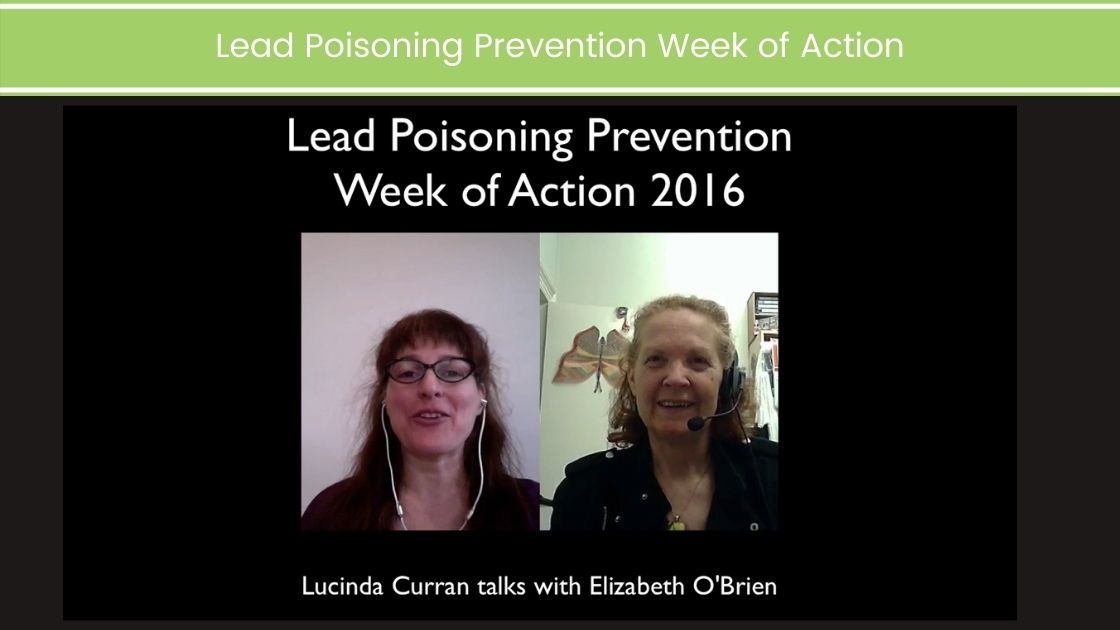

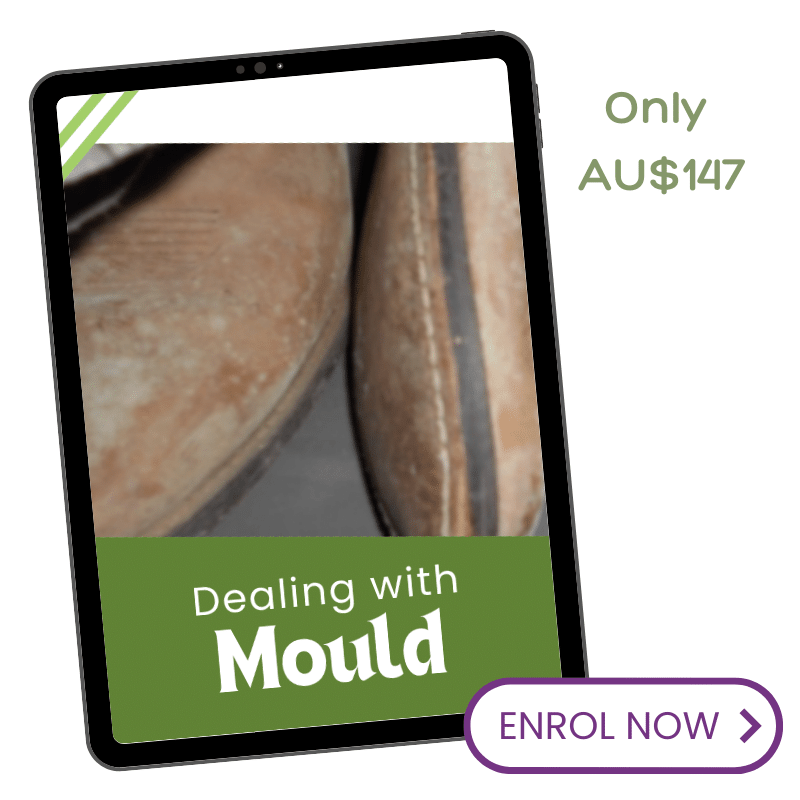





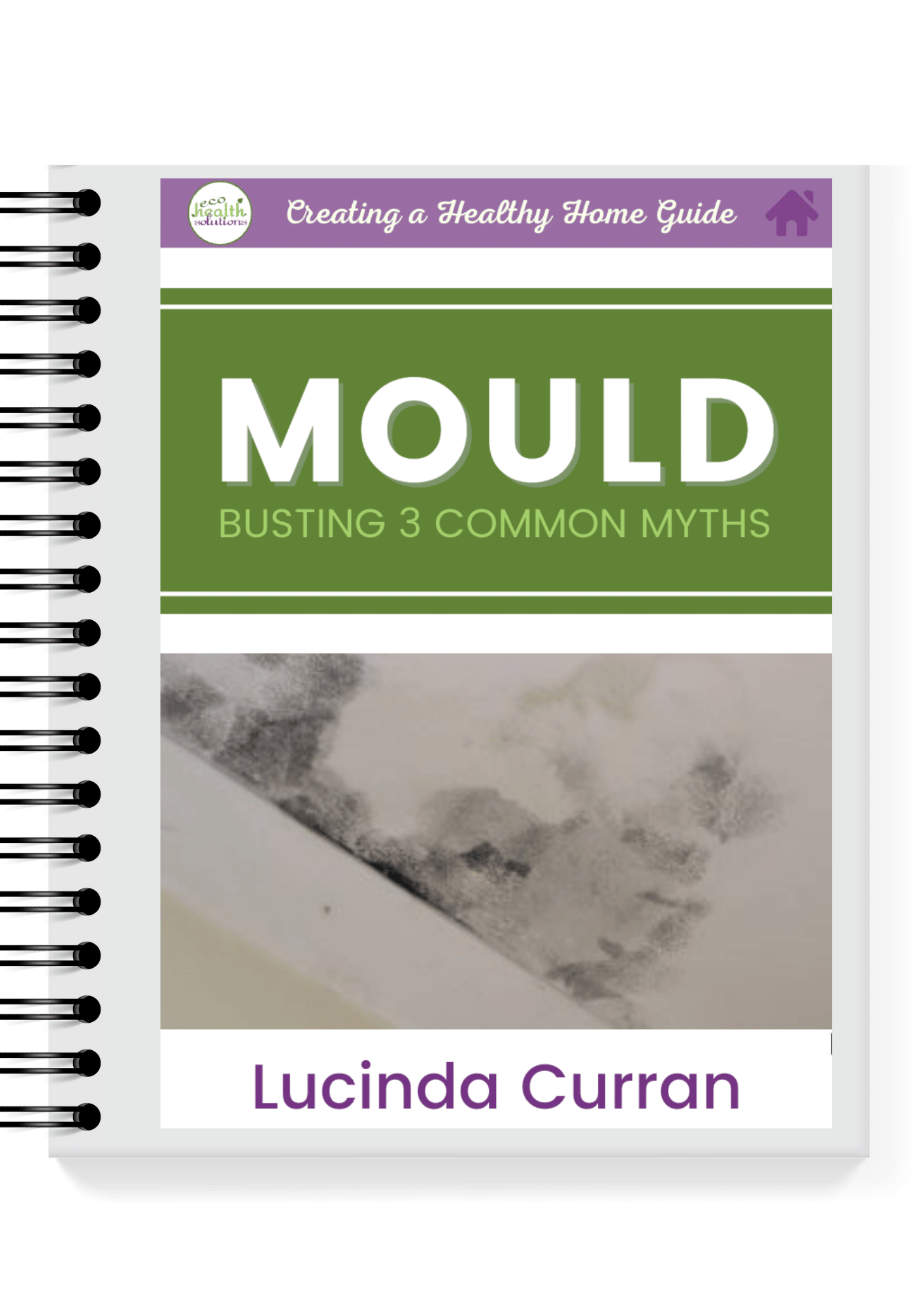

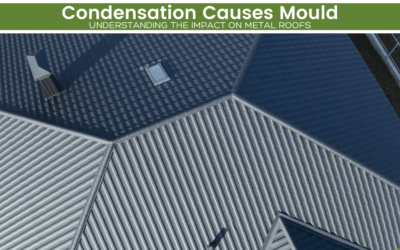

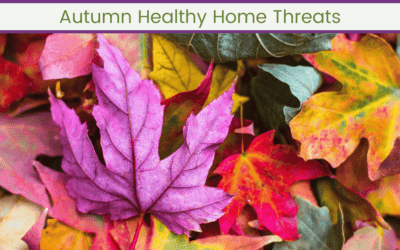
0 Comments